3 ways artificial intelligence is used to augment customer experience
Consumers are facing more choices every day and the sense of overwhelm is often paralyzing. Instead of making a decision, many simply defer making purchases.
In addition, when shoppers aren’t getting the products that are right for them, they’re more likely to return the items. This eventually increases cost and impacts profits.
Using AI-driven technologies, such as machine learning, predictive analytics, and natural language processing, marketers can now leverage customer data and use marketing personalization to offer customized recommendations that help consumers reduce overwhelm and find the most relevant products.
Here’s how AI is changing and improving marketing personalization:
Personalize interactions at the individual level
Accenture found that 41% of U.S. consumers have switched brands due to lack of personalization in their customer experience.

In the past, most product recommendations were made based on broad-stroke segmentation, static demographic, or transactional data that may or may not be the best fit for each individual customer.
By using AI technologies, marketers can now identify and analyze consumer data from all touch points to offer the most relevant content, products, and services.
Besides basic information, AI can incorporate real-time data such as location, context, and behavior to deliver the most appropriate customer interactions.
For example, by combining location information with a customer’s preferences and past purchases, TGI Friday was able to increase conversion rate by 35%.
Increase the effectiveness of content marketing
Prospects and customers at different stages of their customer journey have unique questions and concerns. You need to deliver the right content to the right place at the right time to effectively move them along the funnel and shorten your sales cycle.
AI-driven technologies can analyze user interactions with your brand on multiple channels in real time and deliver the most relevant content or offer through the most appropriate platform to increase your marketing ROI.
For example, when a prospect has visited your website multiple times, shown interest in content on a particular topic, and reviewed the sales page of a certain product, you can deliver content designed for the consideration or purchase stage to help close the sale.
Improve pre and post-sales customer support
Chatbots often come to mind when we talk about AI and natural language processing. From live chat to messenger apps, chatbots can facilitate pre and post-sales support to increase conversion and improve customer satisfaction.
By programming a series of chatbots to answer specific questions or send complex queries to agents, you can reduce wait time, help shoppers make better purchasing decisions, and provide real-time support to existing customers.
For example, Winne is a chatbot that assists website owners to choose hosting providers. 72% of users who use this bot on Facebook Messenger click through to an affiliate hosting provider.
Effective AI-driven personalization Starts With the Right Customer Data
In order to optimize the use of AI technologies, you need to ensure that your customer information is well-organized in a centralized database and can be updated in real time based on customers’ interactions with your brand.
A robust data management platform (DMP) is the foundation of any effective AI-driven marketing strategy, which allows you to capture meaningful data and extract actionable insights.
To see how our customer data management system and decision engine can help you take marketing personalization to the next level, schedule a demo today.





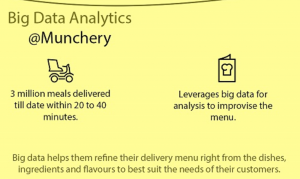
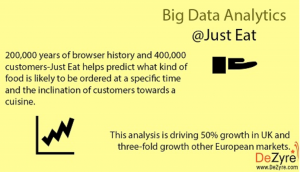
![[ Case Studies ] How To Apply Omnichannel Personalization in the Restaurant Industry](https://nectarom.com/wp-content/uploads/2017/10/photo-300x212.jpg)
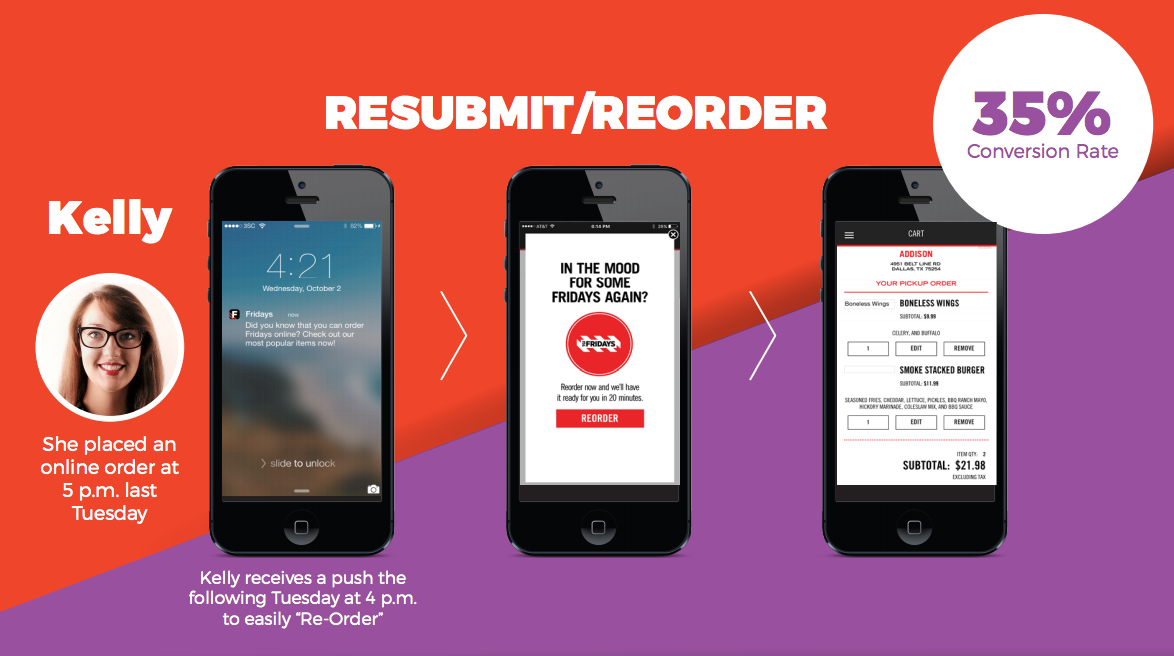
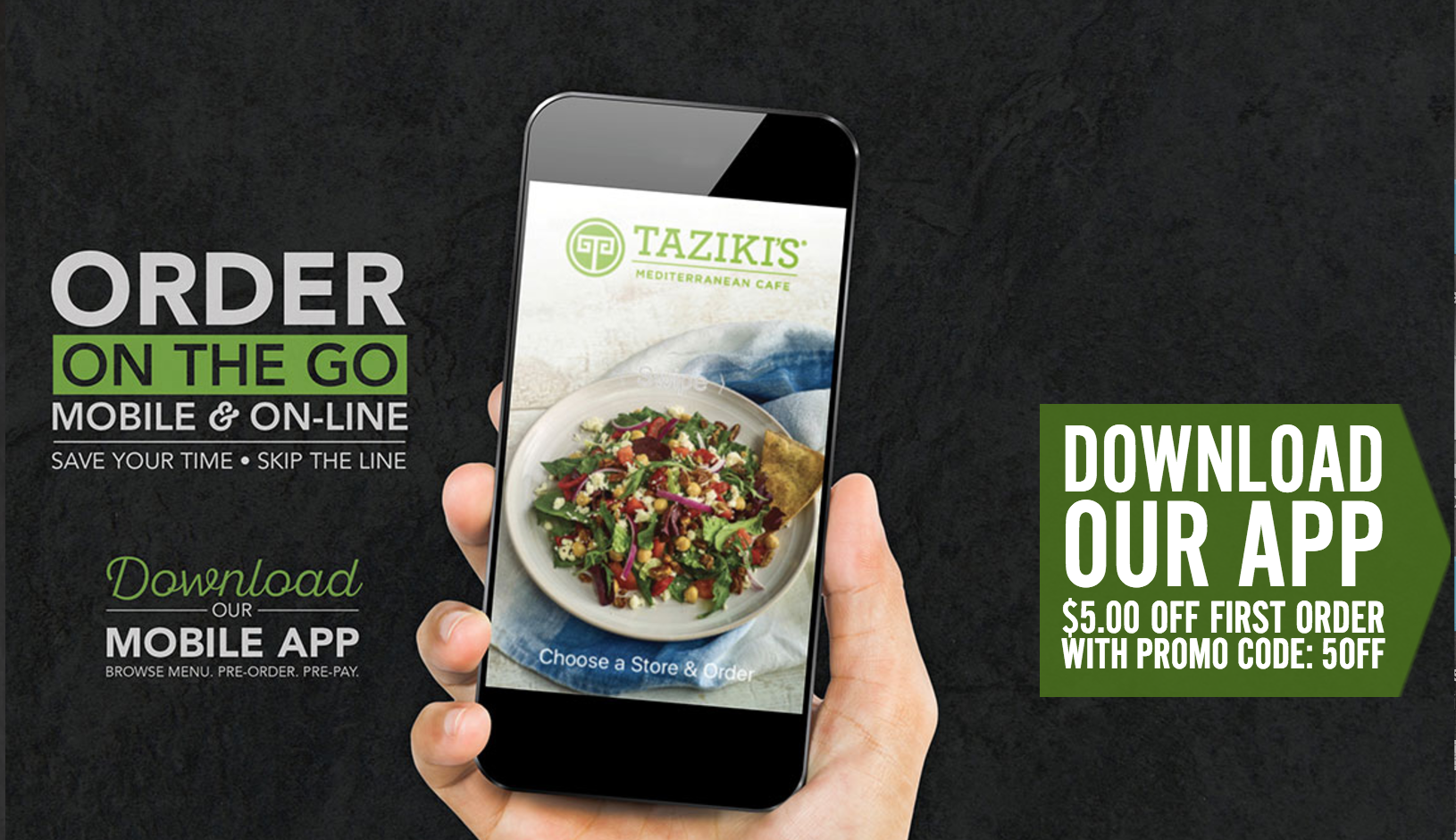




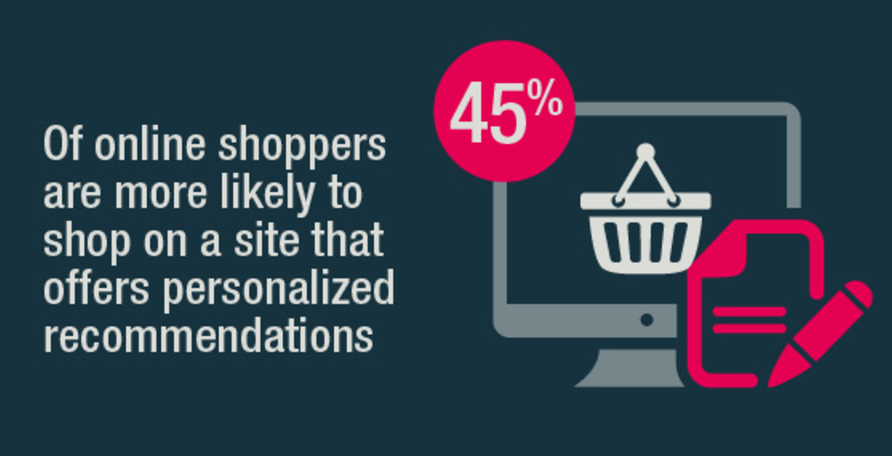

 Image source
Image source Image source
Image source

